Or search by topic
Number and algebra
Geometry and measure
Probability and statistics
Working mathematically
Advanced mathematics
For younger learners
Opening Patterns



- Problem
- Student Solutions
- Teachers' Resources
Opening Patterns
Here are some photographs taken at the Opening Ceremony of the Olympic Games in Beijing. Have a look at all the images and see what shapes and patterns you can find.
Clicking on a picture will enlarge it.
Some of the pictures show lots and lots of people in lines, or squares, or circles.
Can you (and lots of your friends!) make shapes like these?
Can you plan your own opening ceremony?
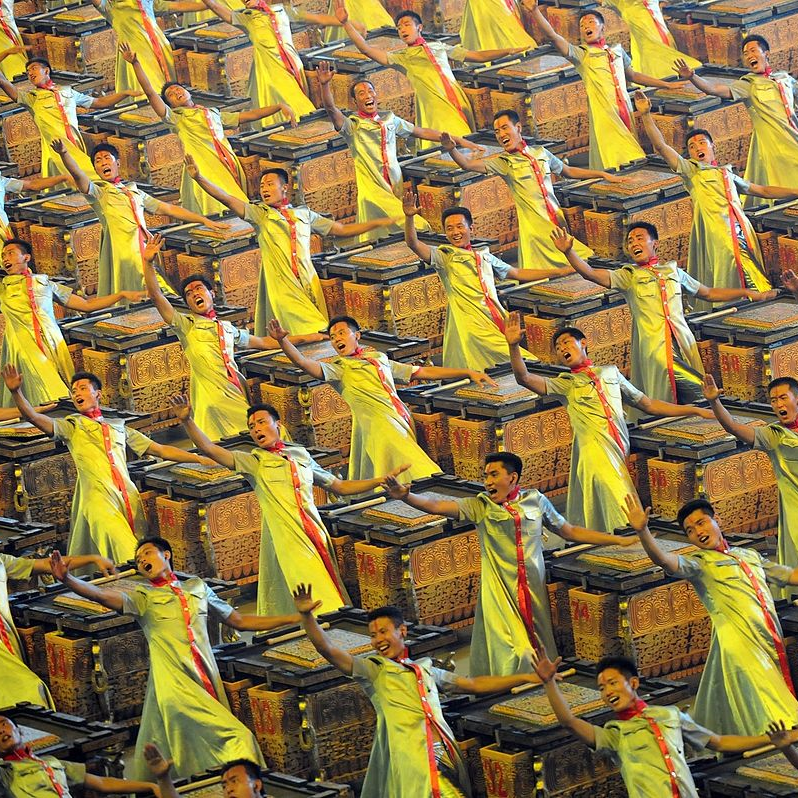
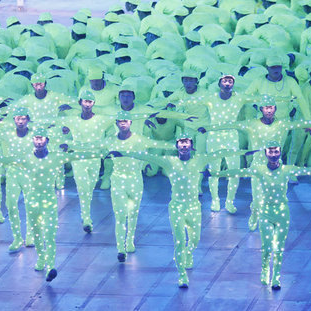
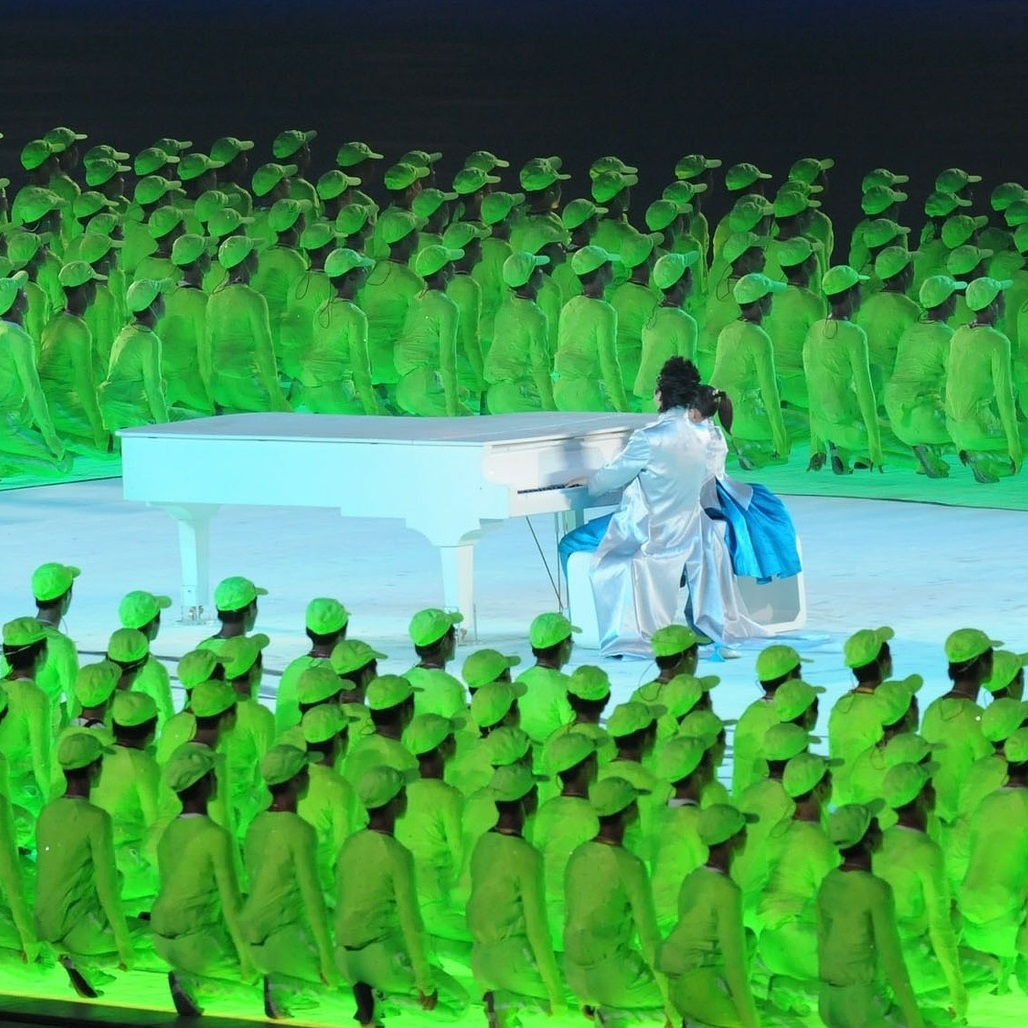
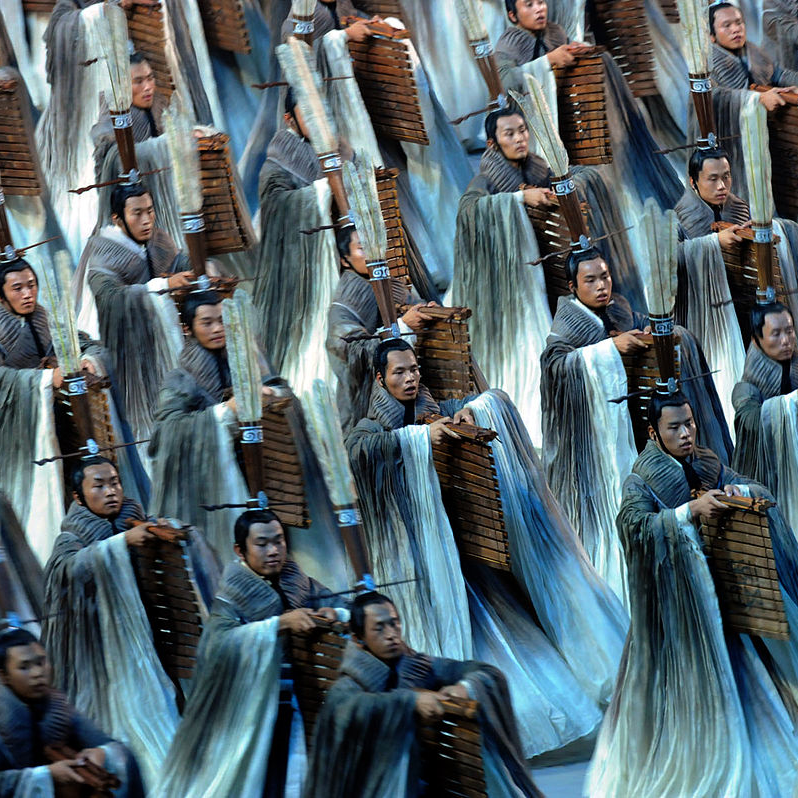
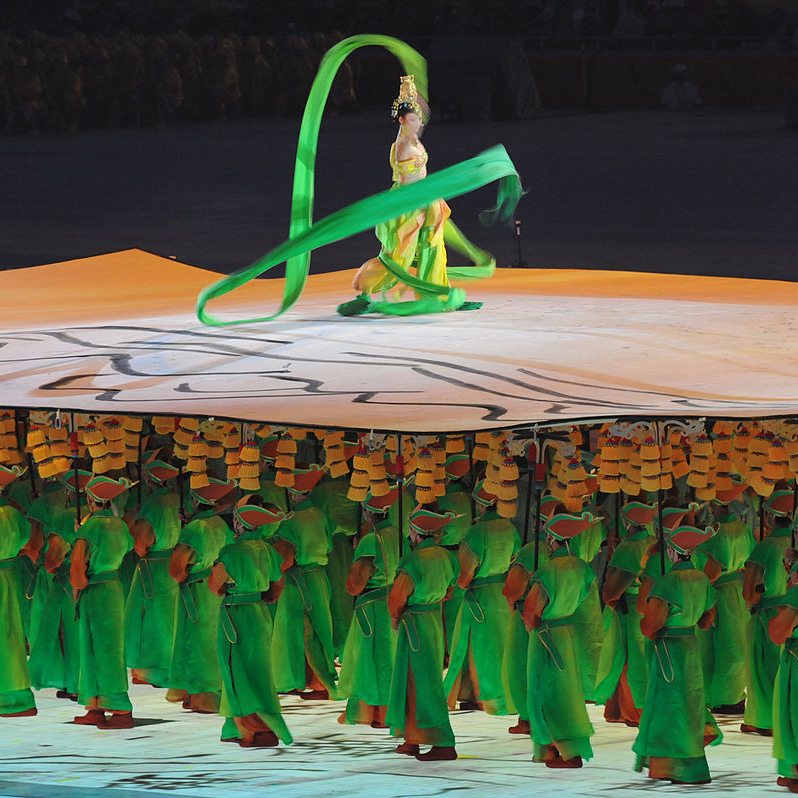
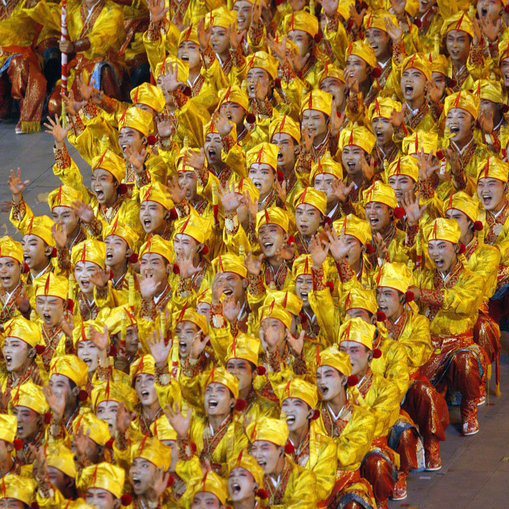
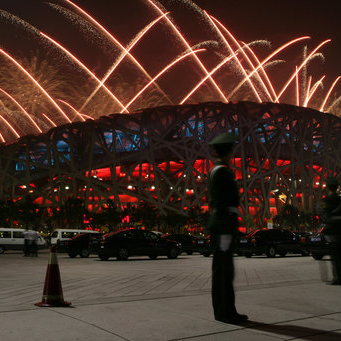
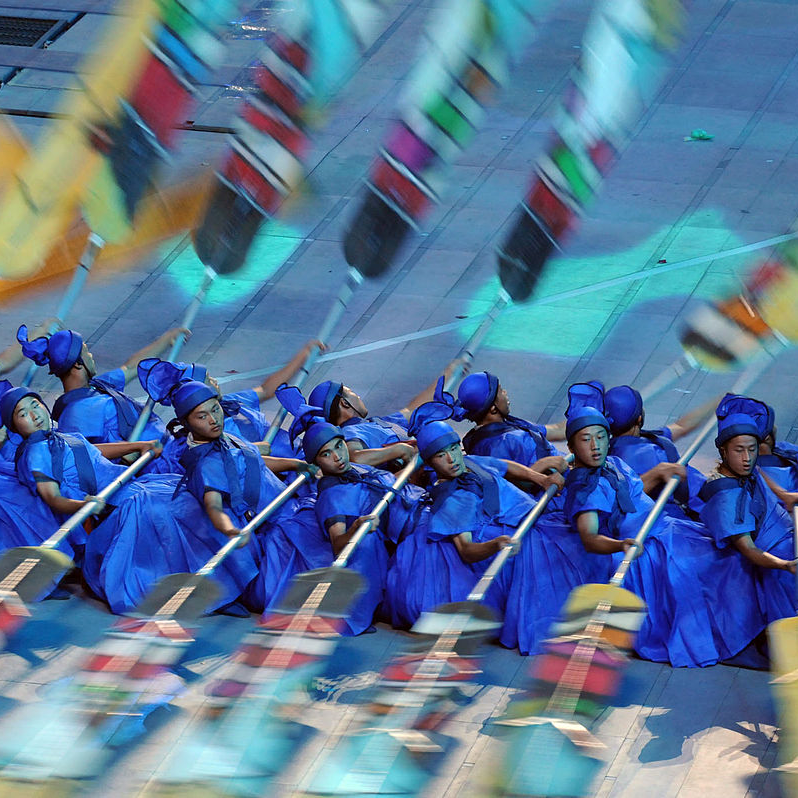
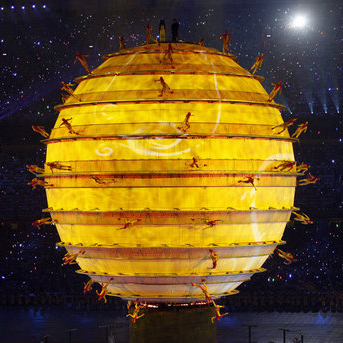
Why do this problem?
This activity will give children opportunities to describe the mathematical shapes they can see in the images. It will help them to develop their understanding of concepts associated with shape such as straight, curved, wavy, square, rectangle, circle and so on. The sophistication of the mathematical language used can be developed as far as the children can manage.
Possible approach
You may want to have two versions of the pictures - one that the whole class can see whilst you have class discussions, and then printed versions for paired or group work. Clicking on the picture in the task itself will enlarge it.
Show the class one of the pictures and ask the children what they can see. Where do they think this is? Why? What shapes can they see? Are there any questions they would like to ask about the picture?
As you work through the images, share the common theme, which is that they are from the 2008 Olympic Games in China. Your class could compare these with some of the patterns they have seen at a more recent Olympic Games.
Key questions
What shapes can you see? How are they made?
Could we make this shape? How?
Possible support
Children could work in pairs to draw over shapes they see on laminated images.
Possible extension
If you are feeling really adventurous you could devise your own opening ceremony using the children to move around and make different shapes. This could develop into a cross-curricular theme if you bring in what music might be suitable (and characteristic of the country you are in), how could we record what we plan so that we remember it, what did the opening ceremony look like the last time it was in your country (if applicable), how could wearing different colours make it different, etc.?
You may also like
Four Triangles Puzzle
Cut four triangles from a square as shown in the picture. How many different shapes can you make by fitting the four triangles back together?
Rectangles with Dominoes
Can you make a rectangle with just 2 dominoes? What about 3, 4, 5, 6, 7...?
Chain of Changes
Arrange the shapes in a line so that you change either colour or shape in the next piece along. Can you find several ways to start with a blue triangle and end with a red circle?

